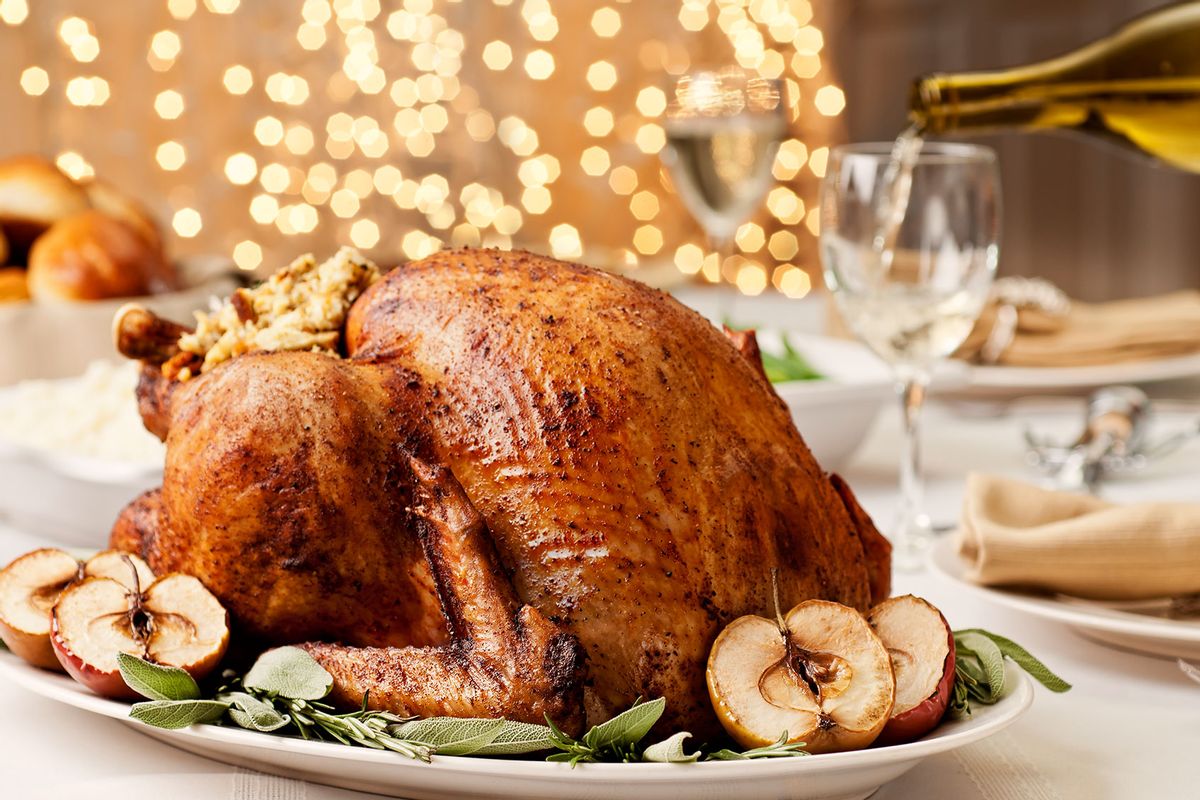In anticipation of Thanksgiving, the U.S. Department of Agriculture (USDA) is encouraging consumers to practice proper food safety — especially when thawing, prepping and cooking the star of the holiday: turkey.
“On the most popular food holiday of the year, we’re reminding consumers to follow safe food handling practices starting at the grocery store and going all the way through enjoying your leftovers,” said Dr. Emilio Esteban, USDA Under Secretary for Food Safety. “Following these basic steps can help keep your family and friends safe this holiday season.”
Per the USDA, shopping for a turkey without cross-contaminating other food items is incredibly important. Meat is perishable and should not be left in the so-called “danger zone” — temperatures between 40 F and 140 F — for too long because bacteria can rapidly grow and produce toxins that are not destroyed by cooking. To prevent this, the agency suggested picking up the turkey at the very end of grocery shopping so that it stays “cold as long as possible.” Perishables should also be packed in insulated bags with cold sources, like ice packs, during transport if they’ll be away from a refrigerator or freezer for more than an hour.
Consumers should make sure the packaging of their turkey is not torn or leaking. To prevent the spread of harmful bacteria, turkey and raw meat products should be placed in plastic bags or away from other ingredients in the shopping cart.
When it comes to prepping the meat, a frozen turkey can be safely thawed in the refrigerator or cold water, the USDA said. “When thawing in a refrigerator at 40 F or below, allow roughly 24 hours for every 4 to 5 pounds,” the agency recommended. It’s best to place the meat in a container or dish to catch any juices and prevent it from spilling onto other food items. If you plan to thaw the turkey in cold water, be sure to allow approximately 30 minutes per pound of meat. It’s also important to change the water every 30 minutes until the turkey is fully thawed. Once the meat is defrosted, cook it immediately.
Washing your turkey is not recommended because it can spread bacteria to kitchen surfaces and increase the risk of foodborne illness. That being said if you must wash your turkey (usually after brining), be sure to thoroughly clean surfaces with soap and water afterward and sanitize using a sanitizing solution, the USDA said.
Want more great food writing and recipes? Subscribe to Salon Food's newsletter, The Bite.
As for cooking, the turkey must reach a safe minimum internal temperature of 165 F in three places: the thickest part of the breast, the innermost part of the thigh, and the innermost part of the wing. It’s important to use a thermometer to make sure the meat is fully cooked. Additionally, if you’re stuffing your turkey, the stuffing must also reach a temperature of 165 F.
Cooked turkey and other perishable items that have been left outside at room temperature for more than two hours are unsafe to consume due to bacterial growth. Hot foods should be served hot and kept hot (at or above 140 F) before storing leftovers in the refrigerator.
“If you have turkey leftovers, carve the bird into smaller pieces and place them into small, shallow containers so the meat can cool evenly and quickly,” the USDA recommended.
Read more
about Thanksgiving tips & tricks:



Shares